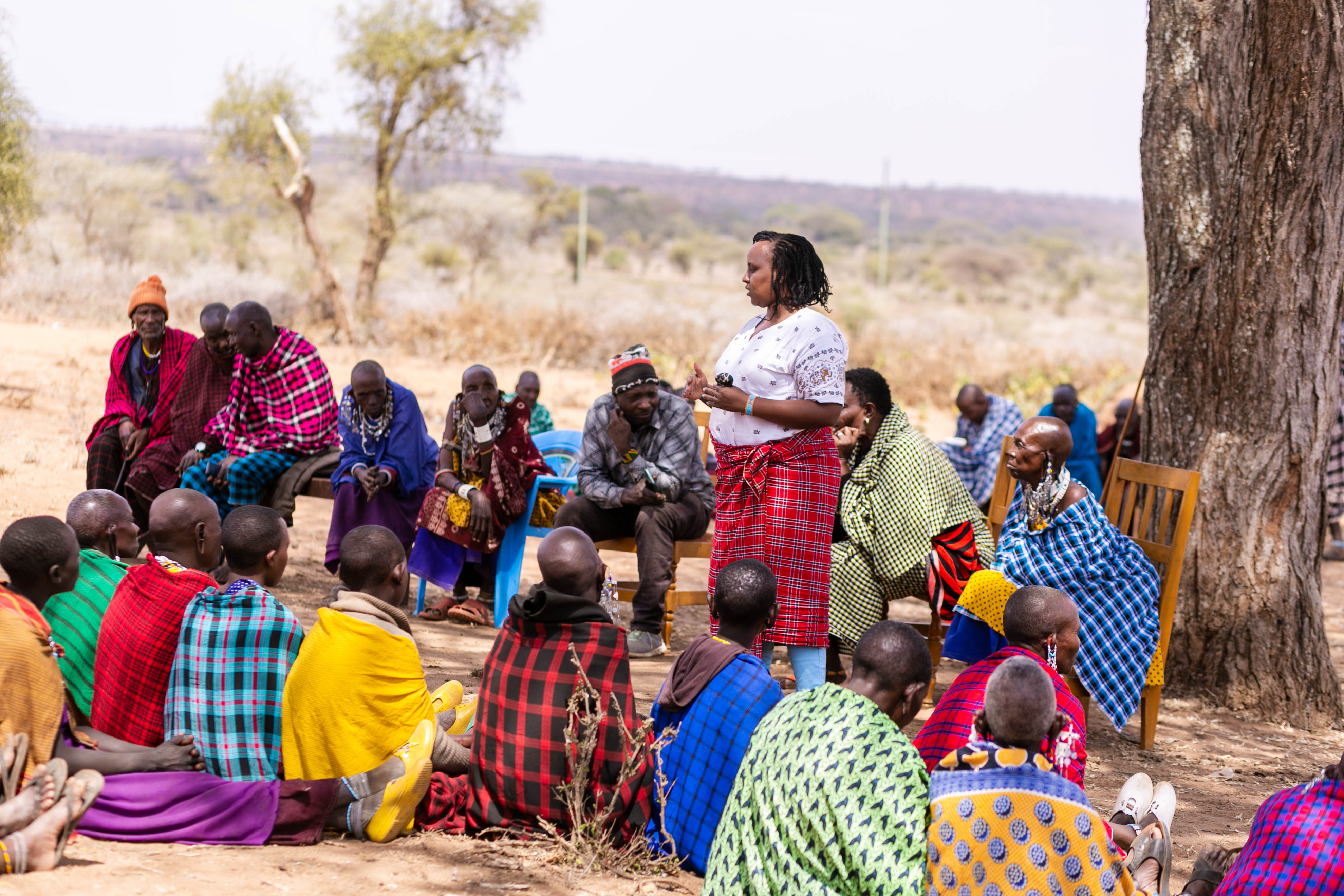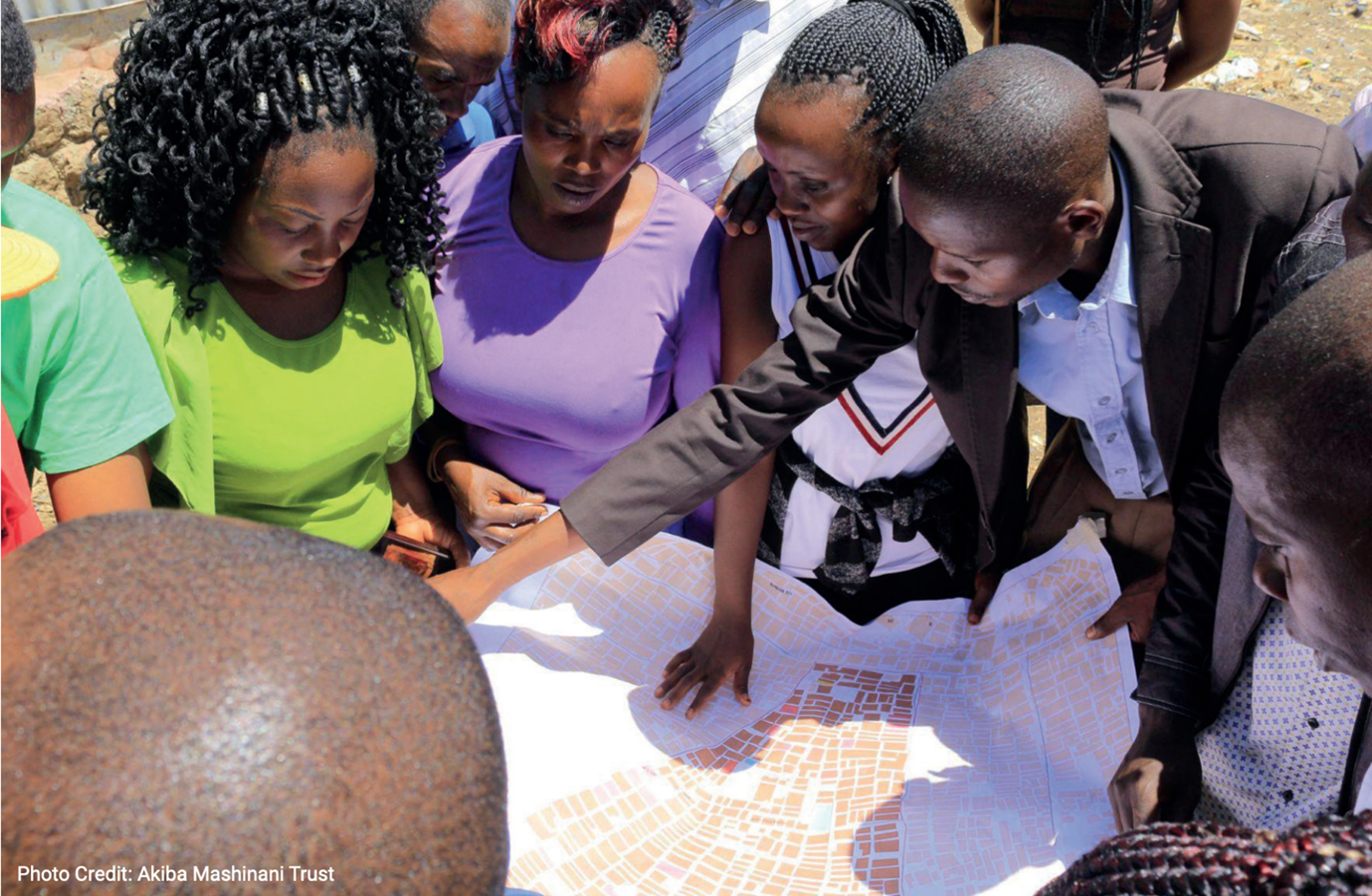
Pastoral Women’s Council, Tanzania
In the face of escalating climate crises, the need for adaptation has never been more urgent. Yet, traditional top-down approaches often fail to address the nuanced needs of local communities — especially those hit hardest by climate change. Locally Led Adaptation (LLA) offers an alternative approach that shifts the power to local people and communities to lead their own adaptation strategies from inception to evaluation. In doing so, it sets adaptation solutions free from the priorities of external finance and top-down agendas. The possibilities for LLA to transform climate adaptation for the better are vast, but realizing this vision requires dismantling entrenched barriers and fostering equitable collaboration.
The Promise of Transformative Locally Led Adaptation
What is a transformative approach? It’s more than just implementing localized projects. Transformation challenges the deep-rooted systems driving ecological harm and social inequity. It aims to reduce the root causes of climate vulnerability by tackling exploitative power dynamics, economic inequalities, and social injustice. True transformation creates equitable systems that enable communities to thrive within planetary boundaries, combining immediate actions with a long-term vision for systemic change.
However, not all LLA initiatives are inherently transformative. Without addressing structural barriers, LLA risks being incremental, leaving entrenched inequalities and vulnerabilities unchallenged. Interviews with practitioners from seven LLA organizations and initiatives — spanning Tanzania, Kenya, Nepal, Vanuatu, Ghana, Indonesia, and Bangladesh — revealed what’s holding back their transformative vision and what’s needed to make it a reality.
What’s Holding Back Transformation?
LLA practitioners identified several barriers:
Dominant capitalist, colonial, and growth-driven paradigms often dictate funding and project decisions, sidelining local needs.
Marginalized groups — including women, youth, disabled individuals, and Indigenous Peoples — are frequently excluded from decision-making, even at the local level.
Accessing sustainable financing remains challenging, as current mechanisms prioritize short-term projects over long-term capacity building and impose burdensome application and reporting requirements.
Silos in governance and fragmented coordination across sectors prevent LLA from achieving widespread, systemic impact.
What’s Needed to Foster Transformation?
In 2021, eight principles for LLA (below) were launched after extensive consultation. When asked what is needed to foster transformation, LLA practitioners emphasized that addressing the barriers requires greater awareness and implementation of these principles among funders, governments, and supporting organizations.
1. Devolve decision-making to the lowest appropriate level
Transformation requires truly devolving decision-making authority to local actors, ensuring that marginalized people are not just heard but actively lead from planning to evaluation. “The solution should come from the communities, not be designed for them,” noted Agnes Meiria, Program Manager with YAKKUM Emergency Unit (YEU), which builds resilience through community-led disaster risk reduction in Yogyakarta, Indonesia.
2. Address structural inequalities faced by women, youth, children, disabled and displaced people, Indigenous Peoples, and marginalized ethnic groups
Dedicated platforms for youth, women, Indigenous Peoples, and disabled individuals are essential, said Allan Taman, Chairman of the Santo Sunset Environment Network (SSEN), an Indigenous-led network of environmental champions in Western Santo, Vanuatu. He stressed the importance of valuing Indigenous and elder knowledge to understand how communities have been coping and inform adaptation strategies.
Allan Taman (right) and the SSEN Environment Rangers, Vanuatu
3. Provide patient and predictable funding that can be accessed more easily
Funding must be flexible, predictable, and directly accessible to local people, expressed Jonathan Gokah, Network Coordinator at KASA Initiative Ghana, a civil society platform that coordinates the participation of marginalized stakeholders in environmental governance. Dhinar Riski, Program Manager at YEU, also advocated simplifying grant processes to ensure inclusivity.
4. Invest in local capabilities to leave an institutional legacy
Building long-term institutional capacity – not just one-off projects – is essential. “Our target is not just to provide support, but to increase capacity,” said Koushik Roy, Project Manager at LEDARS, which supports sustainable development for marginalized people in Bangladesh.
5. Build a robust understanding of climate risk and uncertainty
“We need to bridge the gap between scientific knowledge and traditional wisdom and ensure that climate risk information reaches end users, like farmers,” said Agnes Meiria. Reciprocal knowledge-sharing ensures that solutions are grounded in both climate science and lived experiences.
6. Adopt flexible programming and learning
Flexible, adaptive approaches allow communities to respond to evolving needs. Several LLA practitioners described projects that could not reach their full potential due to rigid funder constraints. Jane Wairutu, Program Manager at SDI Kenya, who worked on the participatory upgrading process of the Mukuru informal settlement, called for program models that also embed continuous evaluation and learning.

Data collection team doing mapping in Mukuru
7. Ensure transparency and accountability
External stakeholders and funders should be accountable to climate-vulnerable communities, not the other way around. Jonathan Gokah and Sushil Dhakal, Executive Director of the Community Development & Advocacy Forum Nepal, described times where misguided adaptation interventions led to maladaptation, such as building a seawall that increases exposure to climate risk in the long-term. Transparent systems ensure adaptation efforts genuinely address community needs.
8. Collaborate across sectors and investments
Coordination across governance levels ensures both inclusivity and scalability, expressed Stellar Loure and Thadeus Clamian with the Pastoral Women’s Council, which empowers Indigenous pastoralist women and girls in northern Tanzania. Critically, practitioners emphasized that LLA must be an approach that is integrated into all adaptation efforts, rather than contained in small, siloed programs within organizations.
The Pathway to Transformative Locally Led Adaptation
The LLA initiatives interviewed offer glimpses of what is possible when local leadership is nourished and empowered. But achieving transformative LLA requires more than just implementing local projects; it necessitates rethinking how adaptation is planned, funded, and governed. When communities lead, backed by equitable funding, inclusive governance, and robust knowledge-sharing, LLA can be a transformative pathway to global resilience. With bold action and collaborative commitment, we can unlock the transformative potential of LLA to foster a just and resilient future for all.
